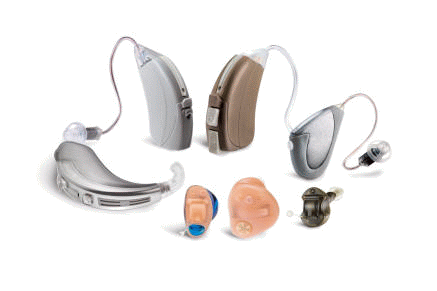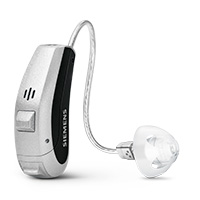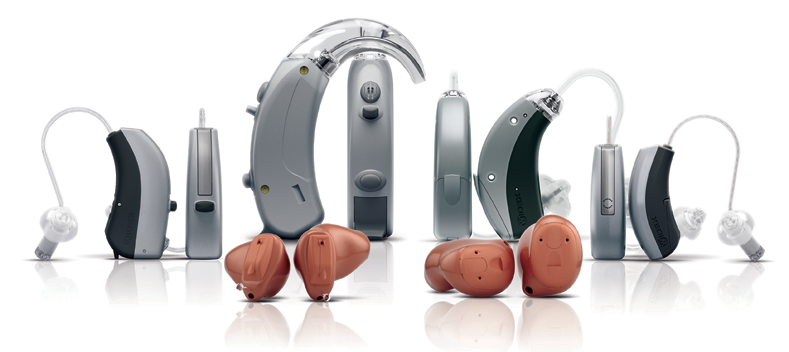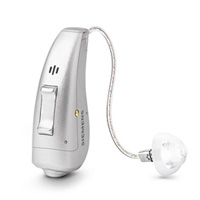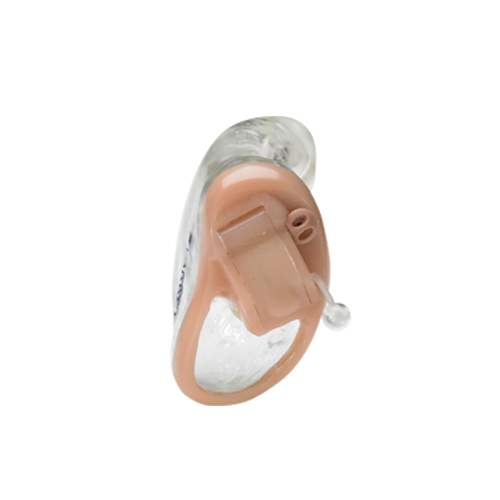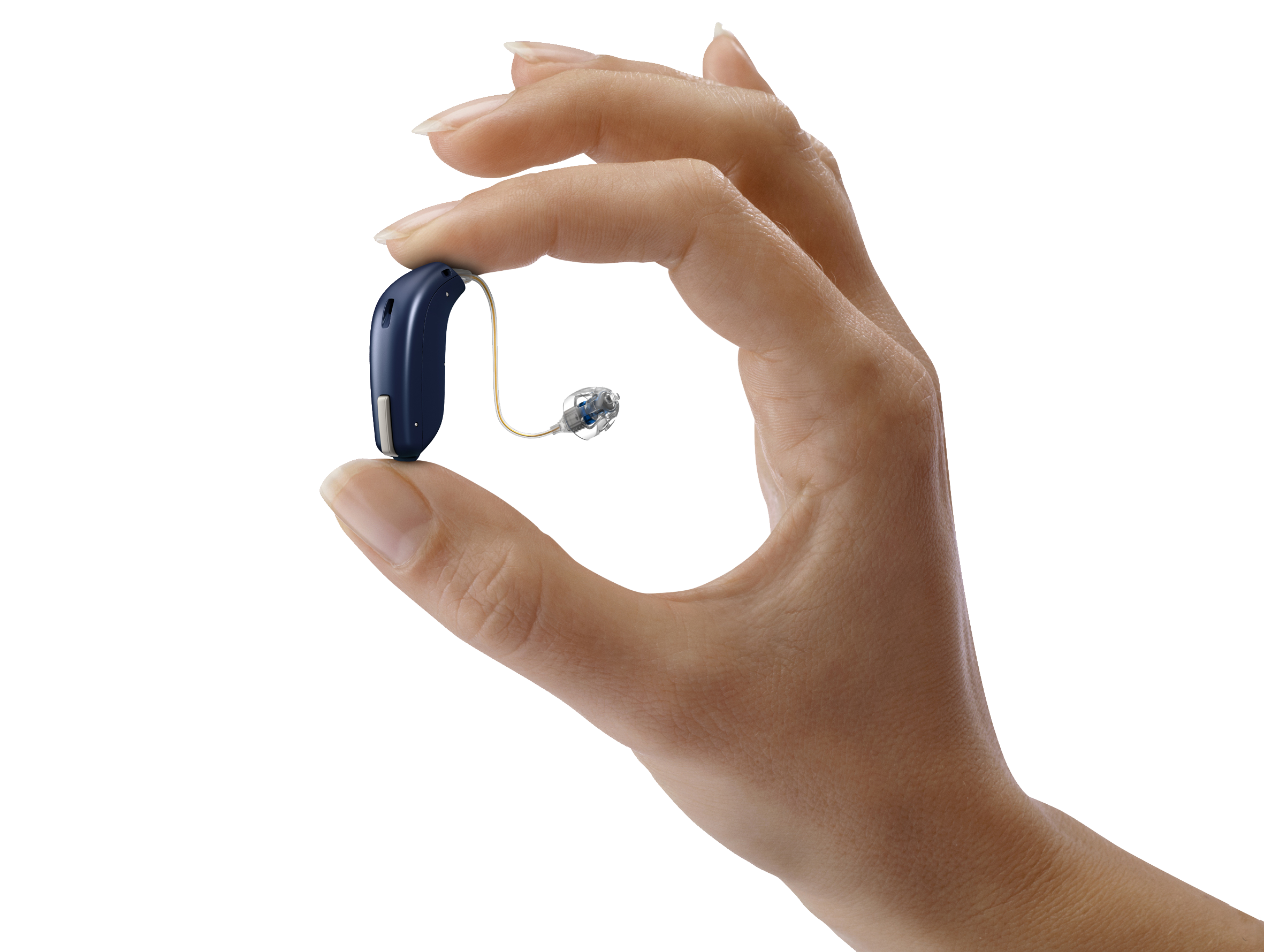Glossary Of Hearing Loss Conditions
Definitions of the most prevalent hearing loss terms.
Acoustic Neuroma- A benign tumour of the nerve that connects the ear to the brain.
Audiologically Deaf – Deafness from a physical or audiological perspective, normally used in contrast to the term “culturally deaf”.
Benign Paroxysmal Positional Vertigo – A disorder caused by problems in the inner ear. Symptoms are repeated episodes of vertigo.
Connexin 26 – A gene which, when mutated, is known to cause non-syndromic hearing loss. It is primarily an autosomal recessive mutation, which means that two copies of the gene must be present in order for hearing loss to occur.
Culturally Deaf – One who became deaf before learning a language, or shortly thereafter, and uses sign language as their primary language.
Labyrinthitis – Inflammation of the inner ear canal that may lead to vertigo and nausea.
Late Deafened – One who became deaf post-lingually (after learning to speak), and raised in the hearing community.
Meniere’s Disease – A disorder of the inner ear that can cause vertigo, nausea, tinnitus, and fluctuating hearing loss.
Mondini Syndrome – A condition where the cochlea is incompletely formed during pregnancy resulting in hearing loss.
Oral Deaf – One who is born deaf or became deaf pre-lingually (before learning to speak), but are taught to speak.
Oral Hearing Loss – A term that includes all people with hearing loss who prefer spoken language as their primary means of communication. This includes the vast majority of hard of hearing, late-deafened, and oral deaf.
Oral Hearing Loss – A term that includes all people with hearing loss who prefer spoken language as their primary means of communication. This includes the vast majority of hard of hearing, late-deafened, and oral deaf.
Otosclerosis – An abnormal bone growth in the middle ear that causes hearing loss.
TDD (Telecommunications Device for the Deaf) / TTY (Teletypewriter) – An electronic device for text communication via a telephone line, used when one or more of the parties has hearing or speech difficulties.
Text Telephone – A device that enables text communication over standard telephones.
Tinnitus – Tinnitus is a noise that seems to originate in the ear or head that is usually an indication of some damage to your auditory system. It can be constant or periodic, and seem to come from specific sides of your head (as in justify, right, center, etc.).
Unilateral Hearing Loss – Hearing loss in one ear only.
Ventilation Tube – A small tube inserted into the eardrum that relieves the pressure of a middle ear infection by allowing fluid to drain.
Vertigo – Vertigo is the illusion or sensation of movement when none is present. It may feel like you are spinning around, or that the room is spinning around you. Frequently, vertigo is accompanied by feelings of imbalance and/or nausea. It’s often a result of damage to the balance system of the inner ear.
Vestibular Aqueduct – A narrow bony canal (aqueduct) that runs through the skull, connecting the inner ear (vestibule) to the cranial cavity. It is filled with endolymphatic fluid.
Vestibular Labyrinth – A structure of the inner ear made up of three fluid-filled, semicircular tubes (canals) that assist with balance.
Vestibular Neuronitis – A single or series of attacks of vertigo that may be associated with nausea, vomiting and previous upper respiratory tract infections.
Vestibular Rehabilitation – A therapeutic program that uses exercise to help one regain a sense of balance.
Vestibular System – The portion of the inner ear and the central nervous system involved with the sense of balance. It includes the semi-circular canals, saccule, utricle and vestibule. This system controls your equilibrium (balance) and stabilizes your eyes in space.
Visual Reinforcement Audiometry (VRA) – A hearing testing procedure for children in which the child’s responses to sound are reinforced with a visual event (such as a toy that moves). The audiologist attempts to condition the child to look for the toy when a sound is heard, thus providing a method for testing the hearing of small children.
Wax/Earwax – Earwax or cerumen is an oily, fatty substance that is created to protect the ear canal.
White Noise – White noise is sound whose amplitude is constant throughout the audible frequency range. The sound of white noise is a high-pitched hissing that is produced by a random noise generator, and is often used to treat tinnitus.
Wide Dynamic Range Compression – A special circuit in some hearing aids that compresses a wide range of sounds into a narrower range. This makes soft sounds easier to hear and loud sounds more comfortable for listening.

